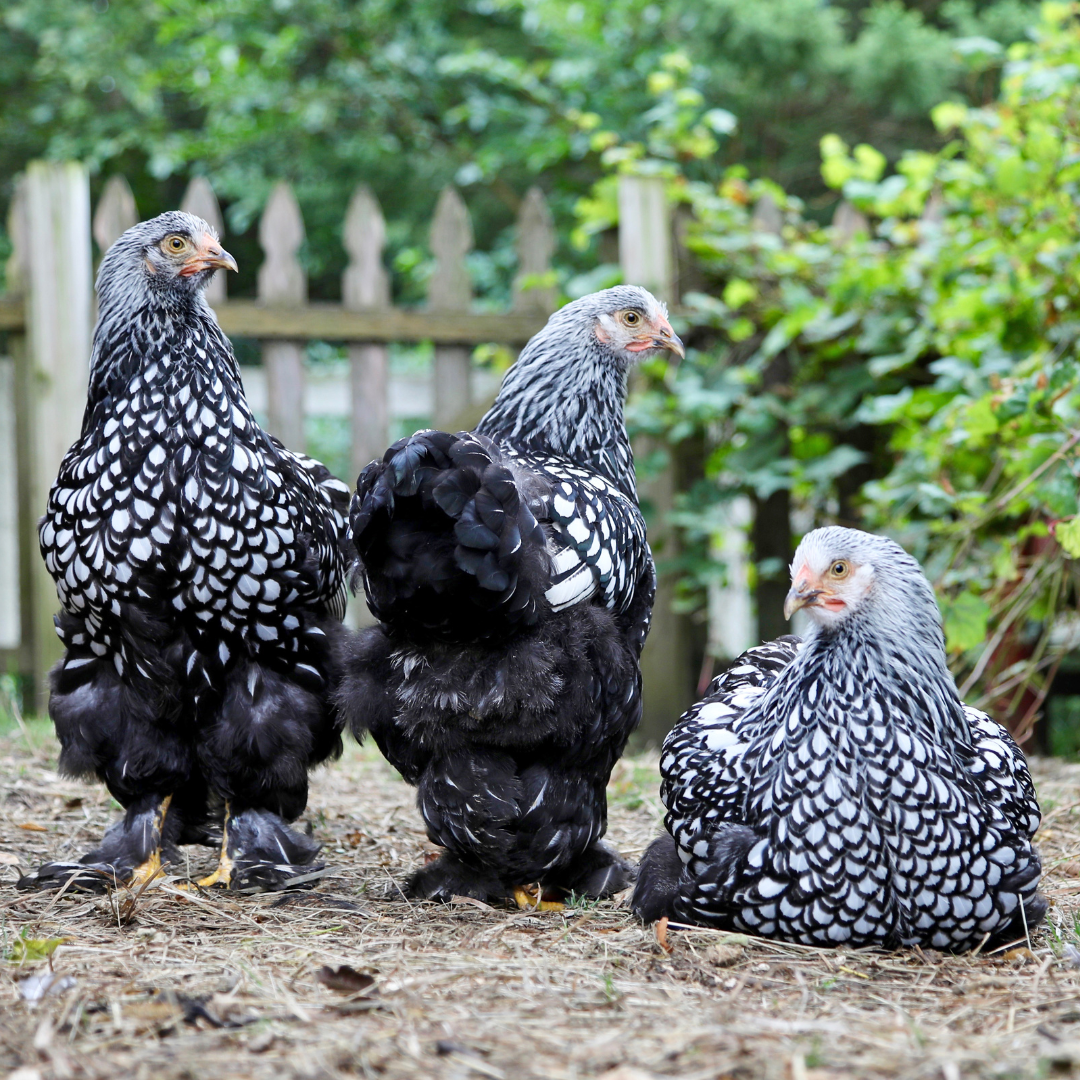Summer’s dog days are miserable. Plants droop in the heat as wildlife retreat to shady places. On scorching days people sequester in the comfort of their air-conditioned home. But, what about the poor chickens out in the coop?
Chickens feel the heat. That seems ironic since the species evolved in the steamy tropics of Southeast Asia. Despite their origin more chickens die of heat stress than from the frigid cold of a northern winter.
Heat can stress or kill chickens nearly everywhere, not just in the deep south. North Dakota and upstate New York, both famous for frigid winters, often see the mercury climb to 100 degrees in summer. On some days it is hotter in Bismarck than Baton Rouge, LA, but the south has many more hot days than up north. Its hot season arrives sooner and lingers longer.
What are the best breeds for hot climates? Check the data chart toward the back of the Hoover’s Hatchery catalog. It indicates which breeds are heat or cold adapted. Most are hearty in both hot and cold climates, however, there is a general rule that can help select the best breeds for different climates.

Think radiators. The job of a radiator in a home is to release heat generated by the furnace into the house. A chicken’s radiator is its comb. The bigger the comb the more heat the bird can shed from its body. Most white egg laying breeds, like Leghorns, have huge combs and relatively small bodies that help them release body heat. In contrast large fluffy breeds, like Brahmas, have tiny combs that release little body heat. Leghorns have an edge over Brahmas on searingly hot days, but on winter day tall combs shed body heat that a poor chicken needs to stay warm. Large combs can also get frostbite.
Hot Weather Flock Management Important
Managing a flock during summer is likely more important than selecting a heat tolerant breed. Here are some tips to help keep the flock comfortable on scorching days:
Water: Chickens don’t sweat. When it’s hot they pant. Evaporation from their mouths and throats helps cool them. Always keep plenty of cool clean drinking water in the coop and run.
Shade: On hot days chickens love shade as much as people. Situating the coop under a shade tree helps keep it cool. Trees in the run also are appreciated. If there’s no shade in the run, consider building a “chicken ramada”. A salvaged pallet spanning two sawhorses creates a pool of shade beneath it. Even placing a picnic table in the run gives the birds shade under it.
Dirt: On hot days chickens love to nestle down into cooler soil. Keeping loose dirt under shade helps the birds stay cool.
Breeze: Chickens love breezes on hot days. Keep coop windows open during summer. Covering them with mosquito netting and heavy wire mesh excludes hungry insects and raccoons while letting breezes visit.
Spraying down the coop: Spraying water on the coop’s roof and exterior siding will usually cool it a few degrees.
Insulation: A well-insulated coop is cooler in summer and warmer in winter.
Keeping calm: Moving chickens on a hot day can stress and kill them. It’s best to keep the birds as calm and quiet as possible when the mercury soars.
Although chickens evolved in a hot climate, remember that heat kills. Selecting a heat tolerant breed and managing the flock carefully can keep the birds comfortable on the hottest of summer’s days.